Home>Home Appliances>Heating & Cooling>How Are Heated Floors Heated?
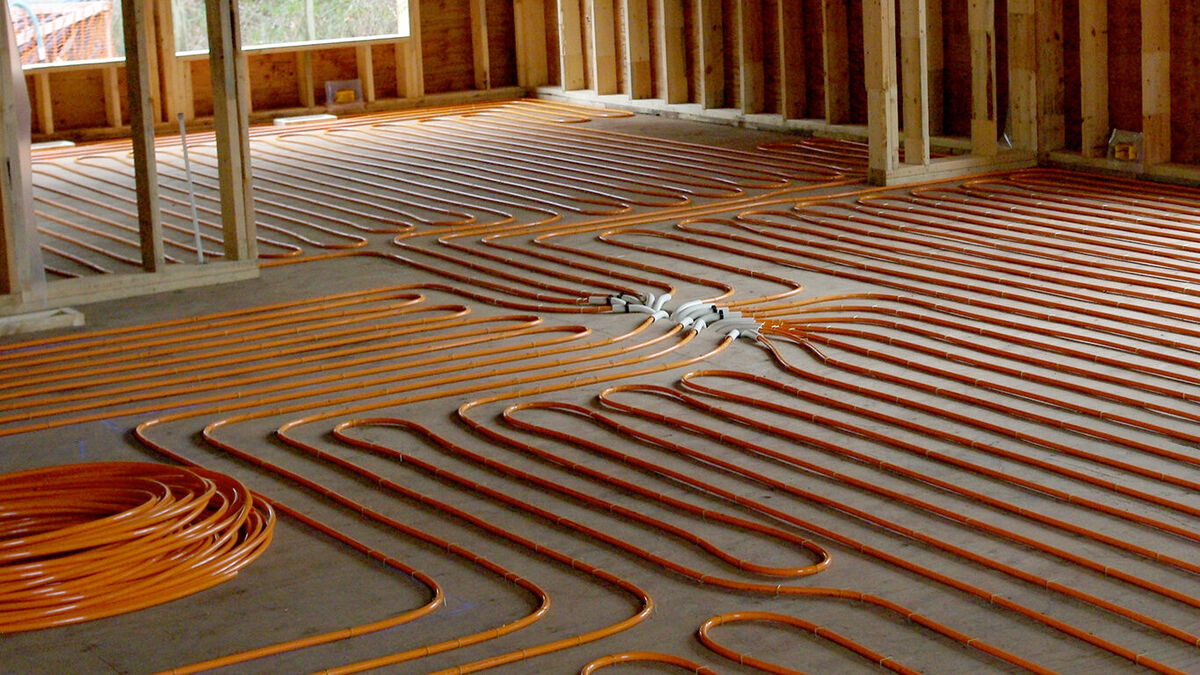

Heating & Cooling
How Are Heated Floors Heated?
Modified: February 23, 2024
Discover the science behind heated floors and the innovative heating and cooling methods used to keep your home comfortable. Learn more about heating and cooling systems today!
(Many of the links in this article redirect to a specific reviewed product. Your purchase of these products through affiliate links helps to generate commission for Storables.com, at no extra cost. Learn more)
Introduction
Heated floors, also known as radiant floor heating, offer a luxurious and efficient way to keep your home warm during colder months. This innovative heating system is gaining popularity for its ability to provide consistent warmth while minimizing energy consumption. Whether you're considering heated floors for a new construction project or contemplating an upgrade to your existing heating system, understanding the different types of heated floors and how they work is essential.
In this comprehensive guide, we will explore the two primary types of heated floors: electric and hydronic. By delving into the mechanics of each system, we aim to provide you with valuable insights that can aid in your decision-making process. From the inner workings of electric heated floors to the efficiency of hydronic systems, we'll cover the pros and cons of each, empowering you to make an informed choice that aligns with your heating needs and preferences.
Join us on this illuminating journey as we unravel the mysteries of heated floors, shedding light on the technology that brings comfort and warmth to countless homes. Whether you're a homeowner, a contractor, or simply a curious mind eager to expand your knowledge, this exploration of heated floors is sure to captivate and inform. So, without further ado, let's embark on this radiant quest to uncover the secrets of heated floors and discover the magic beneath your feet.
Key Takeaways:
- Heated floors come in two types: electric and hydronic. Electric floors offer quick warmth and easy installation, while hydronic floors provide energy efficiency and even warmth distribution.
- Electric heated floors have quick response time and versatile compatibility, while hydronic heated floors offer energy efficiency and even warmth distribution. Both types cater to diverse heating needs and preferences.
Read more: How To Turn On Heated Floors
Types of Heated Floors
Heated floors come in two primary forms: electric and hydronic. Each type offers distinct advantages and operates on different principles, catering to diverse heating needs and architectural considerations. Understanding the characteristics of electric and hydronic heated floors is crucial for selecting the most suitable option for your home or project.
Electric heated floors utilize a network of electrically heated cables or resistance wires to generate warmth. These systems are renowned for their quick response time, making them ideal for spaces that require rapid heating, such as bathrooms or kitchens. On the other hand, hydronic heated floors rely on a network of plastic tubing filled with hot water, leveraging the superior heat retention properties of water to deliver consistent warmth throughout the designated areas.
As we delve deeper into the world of heated floors, we’ll explore the unique features and functionalities of electric and hydronic systems, shedding light on the intricacies of their operation. Whether you’re drawn to the efficiency of electric heated floors or the long-term cost savings offered by hydronic systems, understanding the nuances of each type is pivotal in making an informed decision.
Join us as we unravel the distinctive characteristics of electric and hydronic heated floors, gaining valuable insights that will empower you to navigate the realm of radiant heating with confidence and clarity.
Electric Heated Floors
Electric heated floors, also known as electric radiant floor heating, are a popular choice for homeowners and builders seeking efficient and responsive heating solutions. These systems utilize a network of electrically heated cables or resistance wires installed beneath the flooring to generate warmth. Electric heated floors are renowned for their quick response time, making them ideal for spaces that require rapid heating, such as bathrooms, kitchens, and entryways.
One of the key advantages of electric heated floors is their ease of installation, especially in retrofitting projects where access to the subfloor is limited. The cables or mats can be embedded in thinset or self-leveling compounds, minimizing the impact on floor height and simplifying the installation process. Additionally, electric heated floors can be installed under various flooring materials, including tile, stone, laminate, and engineered wood, offering versatility in design and application.
Electric heated floors are typically controlled by programmable thermostats, allowing users to customize heating schedules and maintain optimal comfort while conserving energy. These thermostats can be integrated with smart home systems, enabling convenient temperature adjustments and energy monitoring through mobile devices.
While electric heated floors excel in responsiveness and ease of installation, they are often considered more suitable for supplemental heating in specific areas of the home due to their relatively higher operating costs compared to hydronic systems. However, advancements in technology have led to the development of energy-efficient electric radiant heating systems, offering improved cost-effectiveness and reduced energy consumption.
As we delve further into the realm of electric heated floors, we will uncover the inner workings of these innovative heating solutions, exploring their benefits, installation considerations, and operational efficiency. Whether you’re intrigued by the prospect of swift, electric-powered warmth beneath your feet or simply seeking to expand your knowledge of modern heating technologies, our exploration of electric heated floors promises to illuminate and inspire.
Hydronic Heated Floors
Hydronic heated floors, also known as water-based radiant heating systems, harness the superior heat retention properties of water to deliver consistent and efficient warmth throughout a space. These systems operate by circulating hot water through a network of durable, flexible plastic tubing installed beneath the floor. The water is heated using a boiler or water heater, providing a reliable and energy-efficient method of maintaining comfortable indoor temperatures.
One of the primary advantages of hydronic heated floors is their exceptional energy efficiency, which can lead to long-term cost savings for homeowners. The water in the tubing retains heat effectively, allowing the system to operate at lower temperatures while still providing ample warmth. This efficiency is particularly beneficial in well-insulated homes, where hydronic heated floors can contribute to reduced energy consumption and lower utility bills.
Hydronic heated floors are compatible with various floor coverings, including tile, stone, hardwood, and carpet, offering flexibility in design and enabling seamless integration with diverse interior aesthetics. The even distribution of warmth provided by hydronic systems creates a cozy and comfortable environment, making them a popular choice for heating larger areas, such as living rooms, basements, and entire homes.
While the installation of hydronic heated floors may involve more extensive planning and labor compared to electric systems, the long-term benefits and energy efficiency they offer make them an attractive option for many homeowners. Additionally, advancements in hydronic technology have led to the development of systems with improved response times and zoning capabilities, allowing for precise control over individual areas within a home.
As we delve deeper into the realm of hydronic heated floors, we will unravel the intricacies of these water-based radiant heating systems, exploring their energy-efficient operation, installation considerations, and the unparalleled comfort they bring to residential and commercial spaces. Whether you’re intrigued by the prospect of embracing the gentle warmth of hydronically heated floors or seeking to expand your knowledge of modern heating technologies, our exploration of hydronic heated floors promises to inform and inspire.
How Electric Heated Floors Work
Electric heated floors operate on the principle of resistance heating, where electrically heated cables or resistance wires generate warmth when an electric current passes through them. These systems are typically installed beneath the flooring, either directly in the thinset or self-leveling compound for new constructions, or within specially designed mats for retrofitting projects.
When the electric current flows through the cables or wires, they produce heat, which is then transferred to the flooring material above. This heat radiates upward, warming the surface of the floor and creating a comfortable and consistent temperature throughout the space. Electric heated floors are controlled by programmable thermostats, allowing users to set customized heating schedules and maintain optimal comfort while conserving energy.
One of the key advantages of electric heated floors is their quick response time. Unlike traditional forced-air heating systems, which may take time to reach the desired temperature, electric heated floors provide rapid warmth, making them ideal for areas where instant heating is desired, such as bathrooms and kitchens. Additionally, the ability to zone electric heated floors allows for targeted heating in specific areas of a home, further enhancing energy efficiency and personalized comfort.
Electric heated floors are compatible with various flooring materials, including tile, stone, laminate, and engineered wood, offering versatility in design and application. The installation process involves careful placement of the heating elements to ensure uniform warmth and efficient operation. Modern electric heated floor systems are designed with energy efficiency in mind, utilizing advanced materials and construction to minimize heat loss and optimize performance.
As we unravel the inner workings of electric heated floors, we gain a deeper understanding of their responsive heating capabilities, energy-efficient operation, and seamless integration with modern home automation systems. Whether you’re captivated by the allure of swift, electric-powered warmth beneath your feet or simply seeking to expand your knowledge of innovative heating technologies, our exploration of how electric heated floors work promises to enlighten and inspire.
Read more: How To Install Heated Floors
How Hydronic Heated Floors Work
Hydronic heated floors rely on the circulation of hot water through a network of durable, flexible plastic tubing installed beneath the floor to generate and distribute warmth. The process begins with a boiler or water heater heating the water to the desired temperature, after which it is circulated through the tubing, transferring its heat to the flooring material above.
The water in the tubing effectively retains heat, allowing the system to operate at lower temperatures while still providing consistent warmth throughout the designated areas. This energy-efficient operation contributes to reduced energy consumption and long-term cost savings for homeowners, especially in well-insulated homes where hydronic heated floors can complement overall heating strategies.
Hydronic heated floors offer even distribution of warmth, creating a comfortable and cozy environment throughout the space. The flexibility of these systems allows for compatibility with various floor coverings, including tile, stone, hardwood, and carpet, catering to diverse design preferences and interior aesthetics.
Modern hydronic heated floor systems often incorporate zoning capabilities, enabling precise control over individual areas within a home. This zoning feature allows users to customize heating levels in different zones, optimizing comfort and energy efficiency based on specific usage patterns and preferences.
While the installation of hydronic heated floors may involve more planning and labor compared to electric systems, the long-term benefits they offer in terms of energy efficiency, comfort, and cost savings make them a compelling choice for many homeowners. Advances in hydronic technology have led to the development of systems with improved response times and enhanced control features, further enhancing their appeal as a reliable and efficient heating solution.
As we uncover the inner workings of hydronic heated floors, we gain valuable insights into their energy-efficient operation, versatile compatibility with different flooring materials, and the unparalleled comfort they bring to residential and commercial spaces. Whether you’re intrigued by the prospect of embracing the gentle warmth of hydronically heated floors or seeking to expand your knowledge of modern heating technologies, our exploration of how hydronic heated floors work promises to inform and inspire.
Pros and Cons of Electric Heated Floors
Electric heated floors offer several advantages and considerations that homeowners should weigh when evaluating their suitability for a particular space or project. Understanding the pros and cons of electric heated floors is essential for making informed decisions regarding heating solutions.
Pros:
- Quick Response Time: Electric heated floors provide rapid warmth, making them ideal for areas where instant heating is desired, such as bathrooms and kitchens.
- Versatile Compatibility: These systems are compatible with various flooring materials, including tile, stone, laminate, and engineered wood, offering flexibility in design and application.
- Energy Efficiency: Modern electric heated floor systems are designed with energy efficiency in mind, utilizing advanced materials and construction to minimize heat loss and optimize performance.
- Zoning Capabilities: Electric heated floors can be zoned to allow for targeted heating in specific areas of a home, enhancing energy efficiency and personalized comfort.
- Easy Installation: The installation process for electric heated floors is relatively straightforward, especially in retrofitting projects, where access to the subfloor is limited.
Cons:
- Operating Costs: Electric heated floors may have higher operating costs compared to hydronic systems, making them more suitable for supplemental heating in specific areas of the home.
- Long-Term Cost Considerations: While the initial installation may be straightforward, the long-term operational costs of electric heated floors should be carefully evaluated, especially for larger areas or whole-home heating.
- Limitations in Coverage Area: Electric heated floors are often considered more suitable for supplemental heating in specific areas rather than whole-home heating, which may limit their application in certain scenarios.
By weighing these pros and cons, homeowners can make informed decisions about the suitability of electric heated floors for their specific heating needs and preferences. Whether seeking rapid warmth in targeted areas or considering energy-efficient supplemental heating solutions, the unique characteristics of electric heated floors offer compelling benefits and considerations to consider.
Heated floors are typically heated using either electric cables or water-filled pipes installed beneath the flooring. Electric systems use resistance wires to generate heat, while water systems use a network of pipes to circulate hot water.
Read more: How To Add Heated Floors In A Bathroom
Pros and Cons of Hydronic Heated Floors
Hydronic heated floors present a range of advantages and considerations that homeowners should carefully evaluate when exploring heating solutions for their spaces. Understanding the pros and cons of hydronic heated floors is crucial for making informed decisions that align with specific heating needs and long-term objectives.
Pros:
- Energy Efficiency: Hydronic heated floors operate at lower temperatures while providing consistent warmth, contributing to reduced energy consumption and long-term cost savings for homeowners, especially in well-insulated homes.
- Even Distribution of Warmth: These systems offer even distribution of warmth, creating a comfortable and cozy environment throughout the space, making them ideal for heating larger areas, such as living rooms, basements, and entire homes.
- Versatile Compatibility: Hydronic heated floors are compatible with various floor coverings, including tile, stone, hardwood, and carpet, offering flexibility in design and seamless integration with diverse interior aesthetics.
- Zoning Capabilities: Modern hydronic heated floor systems often incorporate zoning capabilities, enabling precise control over individual areas within a home, optimizing comfort and energy efficiency based on specific usage patterns and preferences.
- Long-Term Cost Savings: The energy efficiency and operational benefits of hydronic heated floors can lead to long-term cost savings for homeowners, making them a compelling investment for sustainable and efficient heating.
Cons:
- Installation Complexity: The installation of hydronic heated floors may involve more planning and labor compared to electric systems, requiring careful consideration of subfloor modifications and tubing placement.
- Initial Cost Considerations: While the long-term cost savings are significant, the initial investment in hydronic heated floors may be higher, requiring homeowners to evaluate the upfront financial implications.
- Response Time: Traditional hydronic systems may have slower response times compared to electric heated floors, requiring thoughtful planning for heating schedules and usage patterns to ensure optimal comfort.
By carefully weighing these pros and cons, homeowners can make informed decisions about the suitability of hydronic heated floors for their specific heating needs and long-term objectives. Whether seeking energy-efficient and consistent warmth for larger areas or considering sustainable heating solutions, the unique characteristics of hydronic heated floors offer compelling benefits and considerations to guide informed choices.
Conclusion
As we conclude our exploration of heated floors, we emerge with a deeper understanding of the innovative technologies that bring comfort and warmth to residential and commercial spaces. The journey through the realm of electric and hydronic heated floors has illuminated the distinct features, operational principles, and considerations that shape these radiant heating systems.
Electric heated floors, with their quick response time and versatile compatibility with various flooring materials, offer swift and targeted warmth, making them ideal for supplemental heating in specific areas of the home. The ease of installation and energy-efficient advancements in electric radiant heating technology further enhance their appeal as efficient and responsive heating solutions.
On the other hand, hydronic heated floors harness the energy efficiency and even distribution of warmth provided by circulating hot water through durable tubing, offering sustainable and consistent heating for larger areas and whole-home applications. The long-term cost savings and zoning capabilities of hydronic systems underscore their appeal as efficient and customizable heating solutions.
As homeowners, builders, and heating enthusiasts, the knowledge gained from our exploration empowers us to make informed decisions about the most suitable heating solutions for our spaces. Whether seeking rapid warmth in targeted areas, sustainable and energy-efficient heating for larger spaces, or a balance of both, the world of heated floors offers a diverse array of options to meet diverse heating needs and preferences.
By weighing the pros and cons of electric and hydronic heated floors, we equip ourselves with the insights needed to navigate the realm of radiant heating with clarity and confidence. The considerations of installation complexity, energy efficiency, long-term cost savings, and operational benefits guide us toward the most fitting choice for our unique heating requirements.
As we bid adieu to this radiant quest, we carry with us the knowledge and appreciation for the transformative warmth that heated floors bring to our living and working spaces. Whether embracing the swift response of electric heated floors or the sustainable efficiency of hydronic systems, the radiant warmth beneath our feet becomes a testament to the seamless integration of technology and comfort, enriching our environments and enhancing our everyday experiences.
Frequently Asked Questions about How Are Heated Floors Heated?
Was this page helpful?
At Storables.com, we guarantee accurate and reliable information. Our content, validated by Expert Board Contributors, is crafted following stringent Editorial Policies. We're committed to providing you with well-researched, expert-backed insights for all your informational needs.
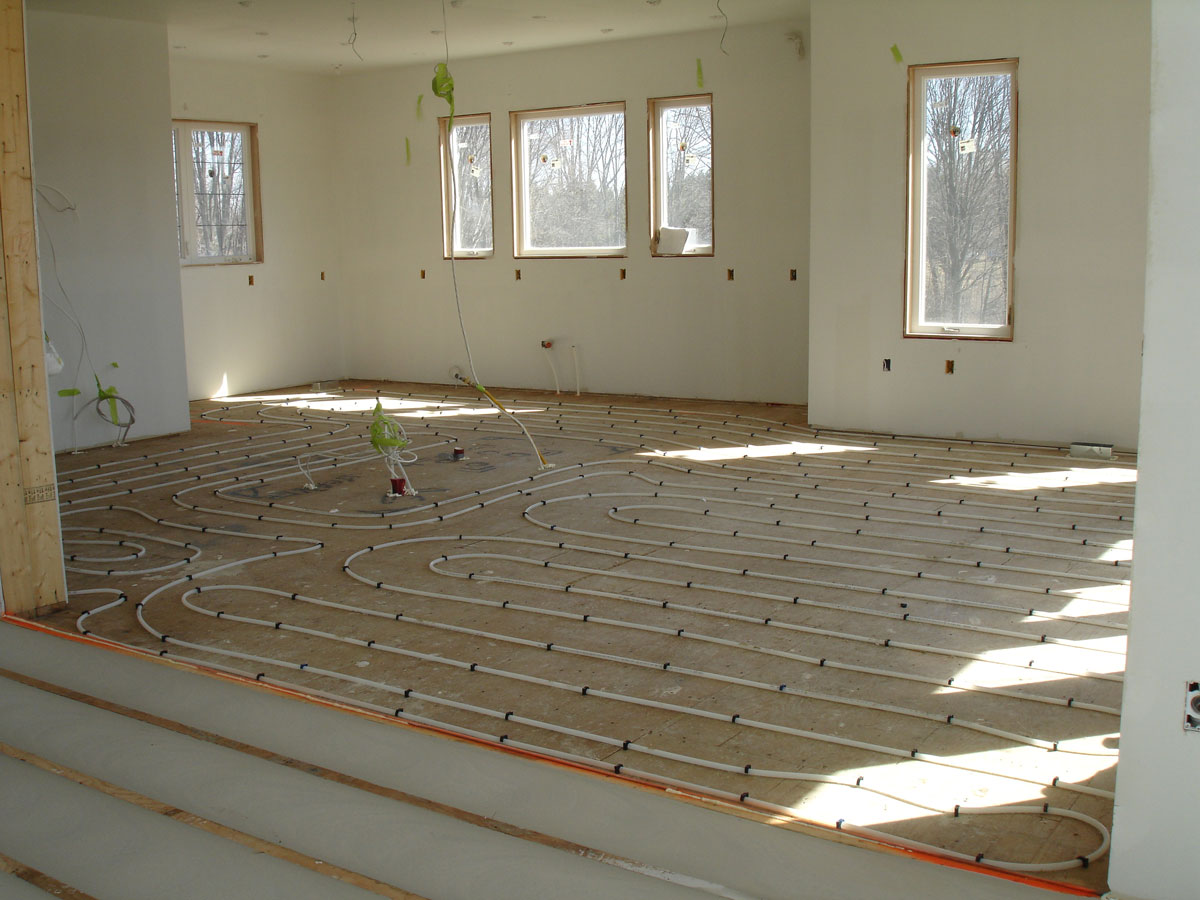
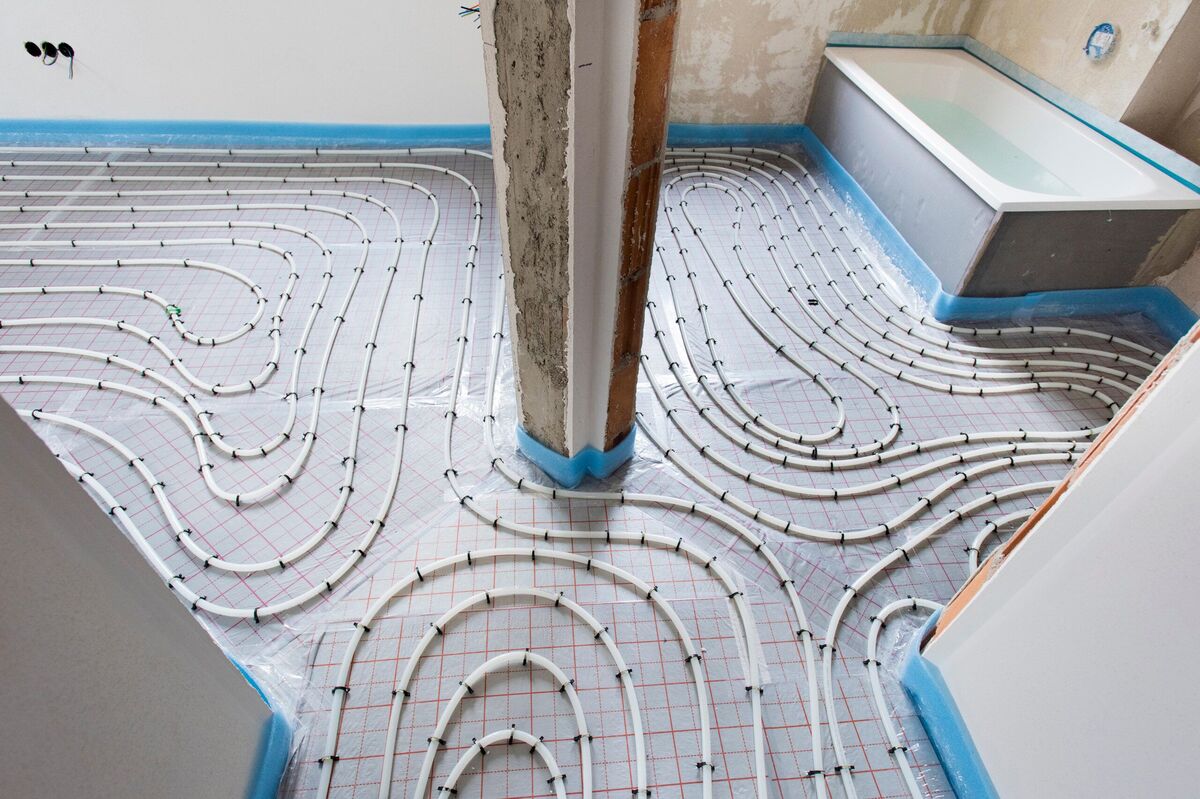
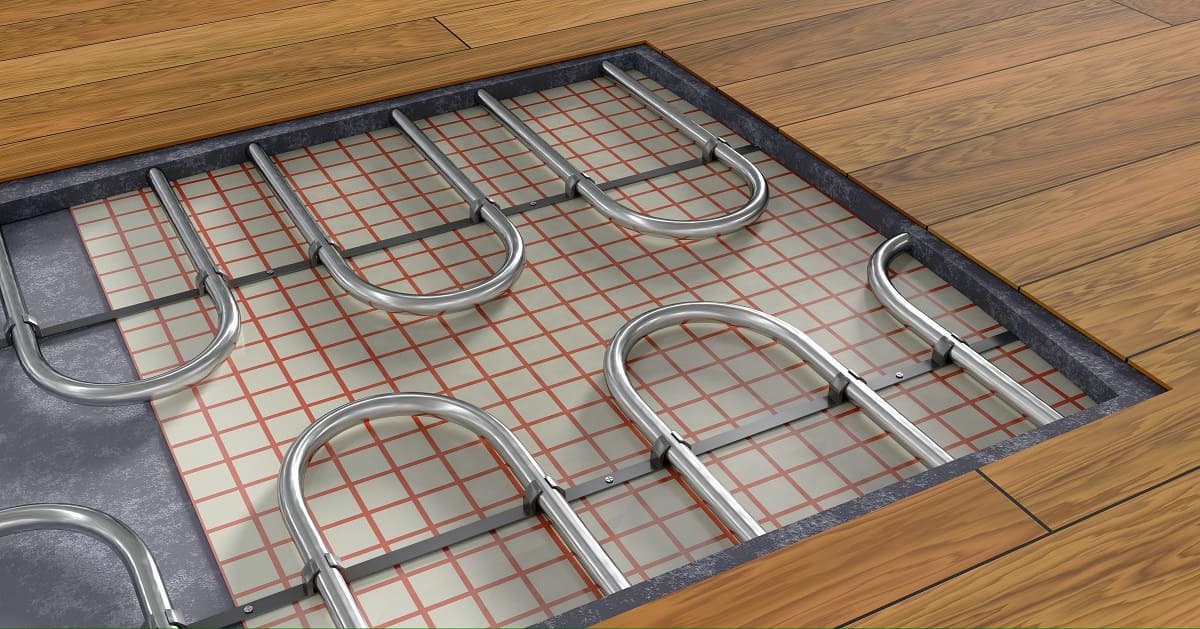
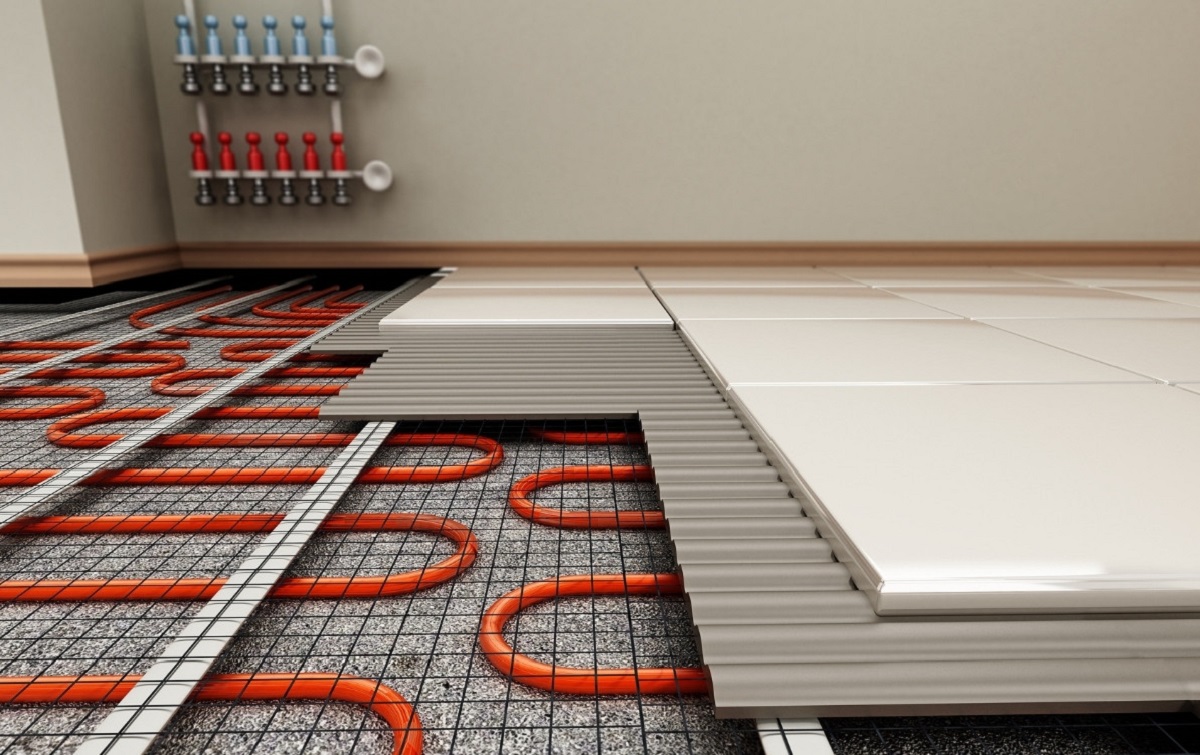
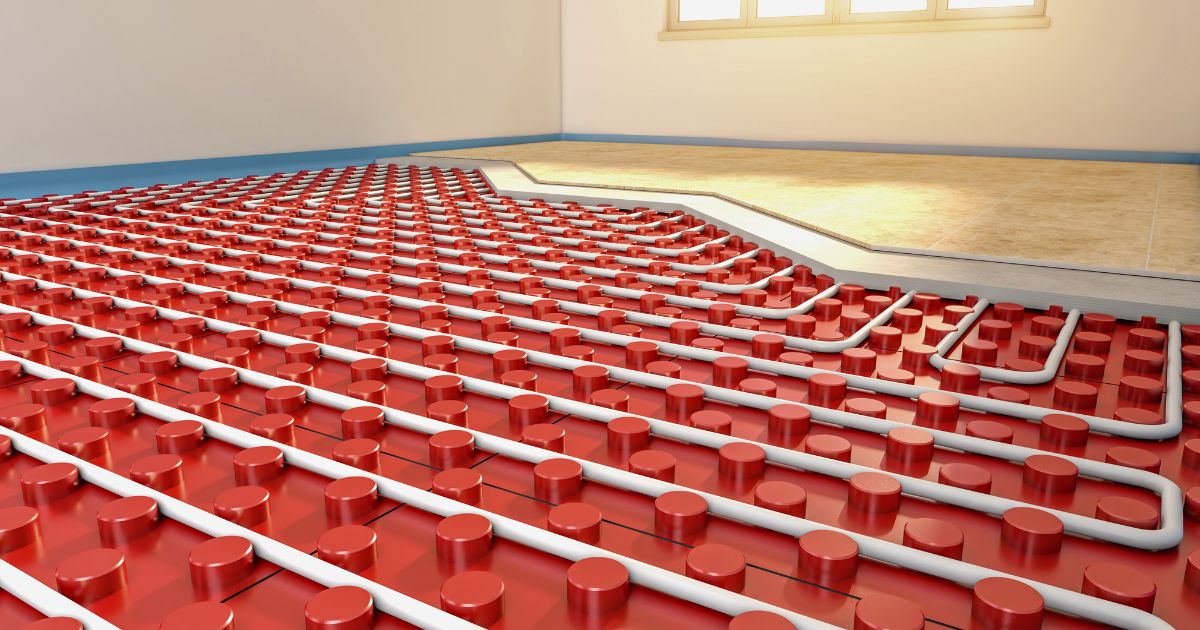
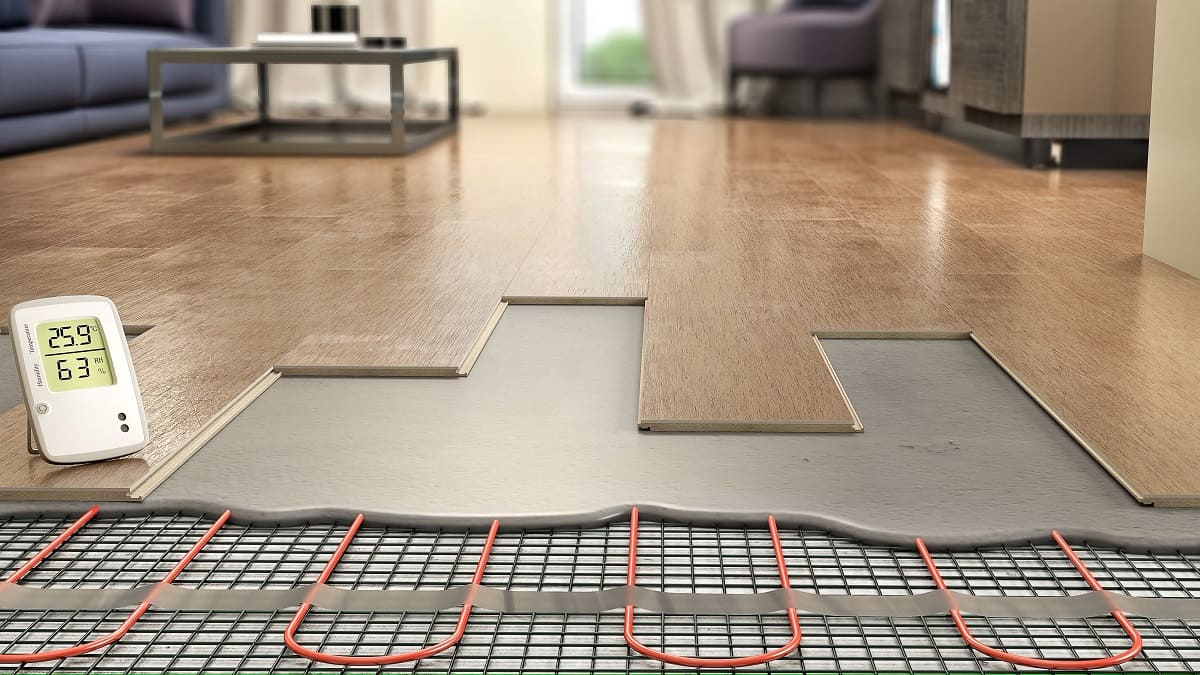
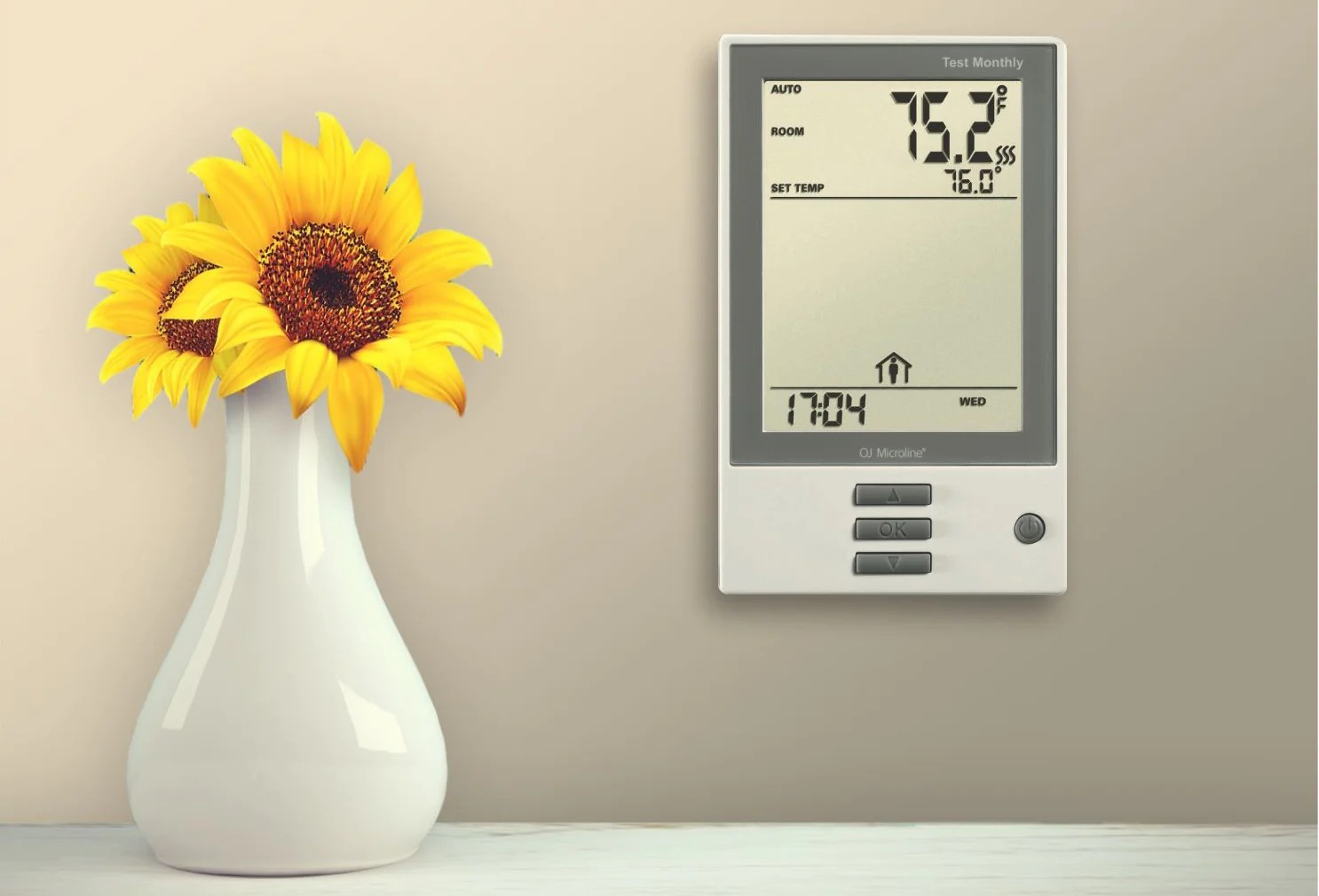
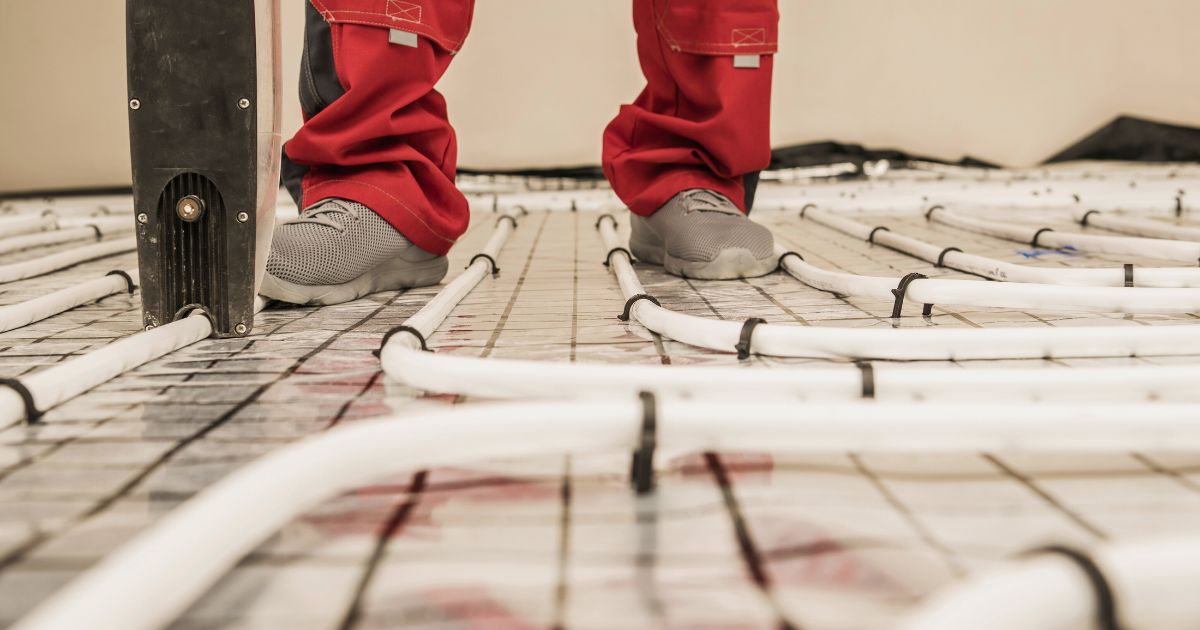
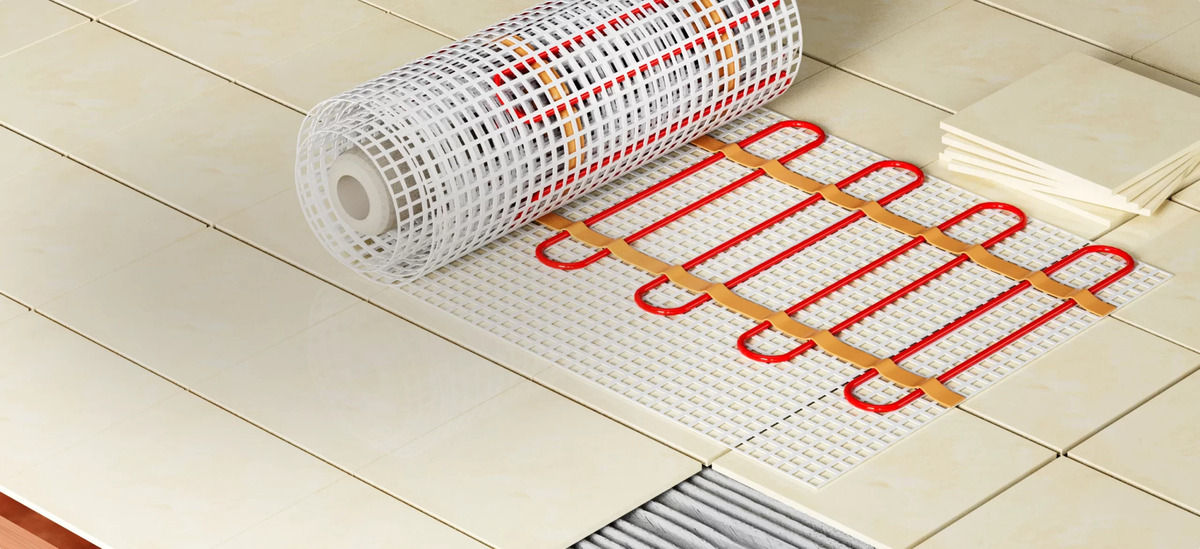
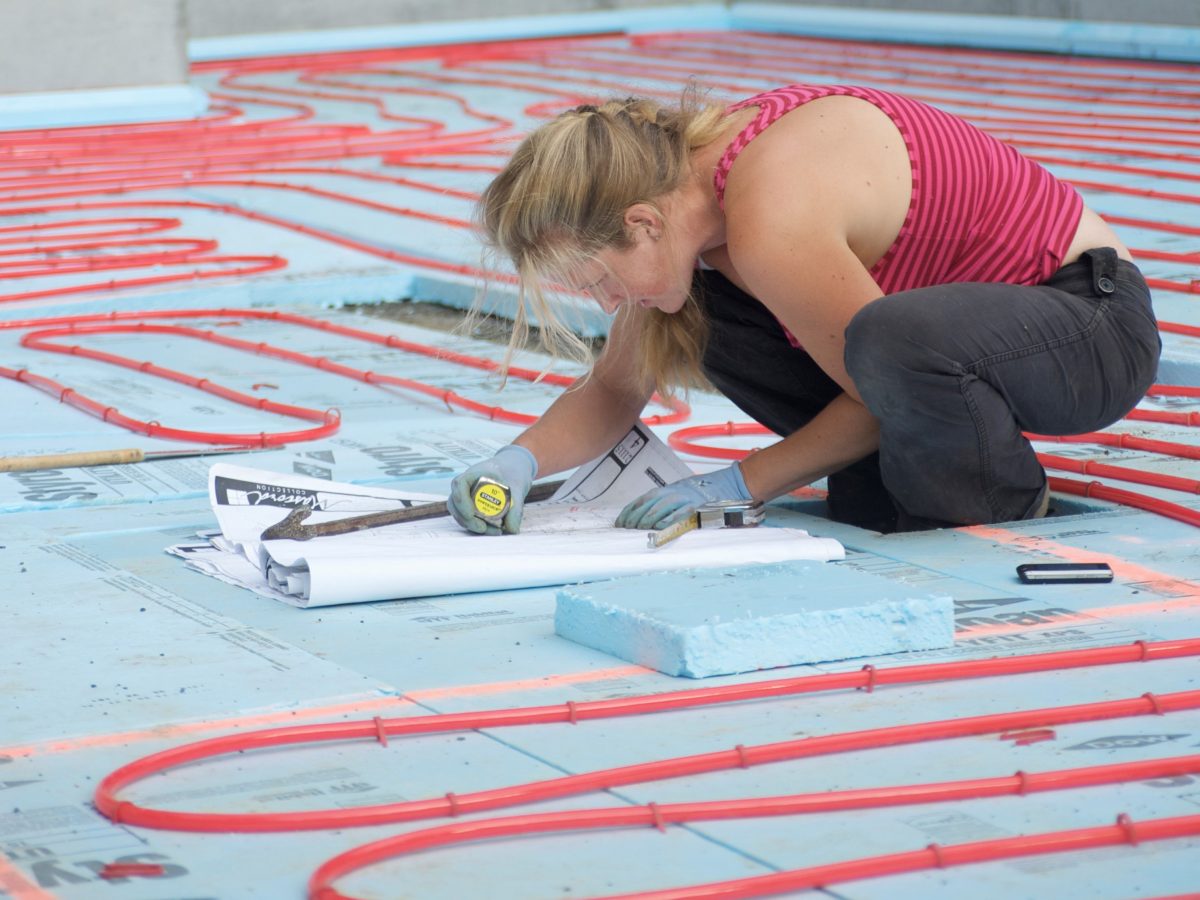
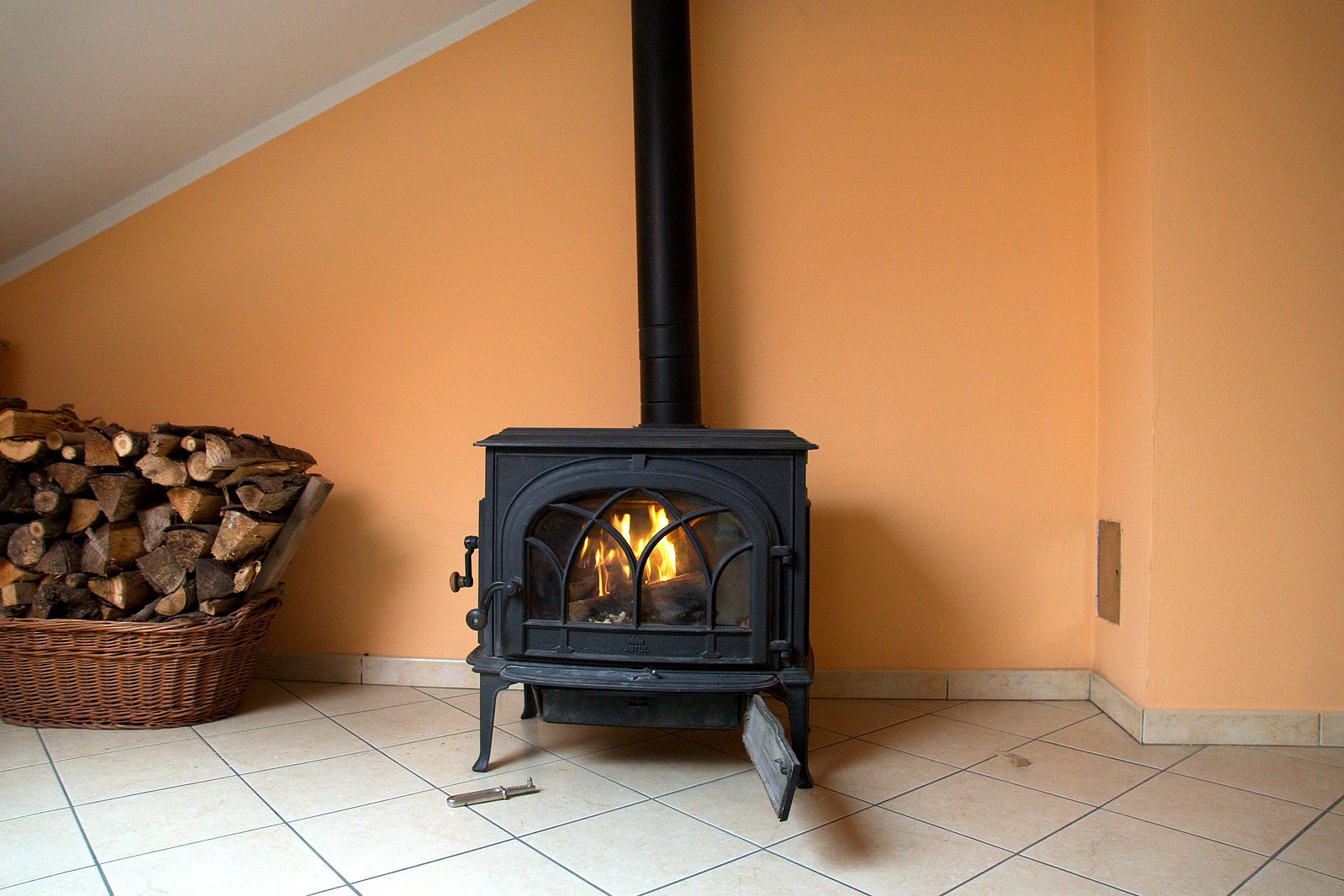
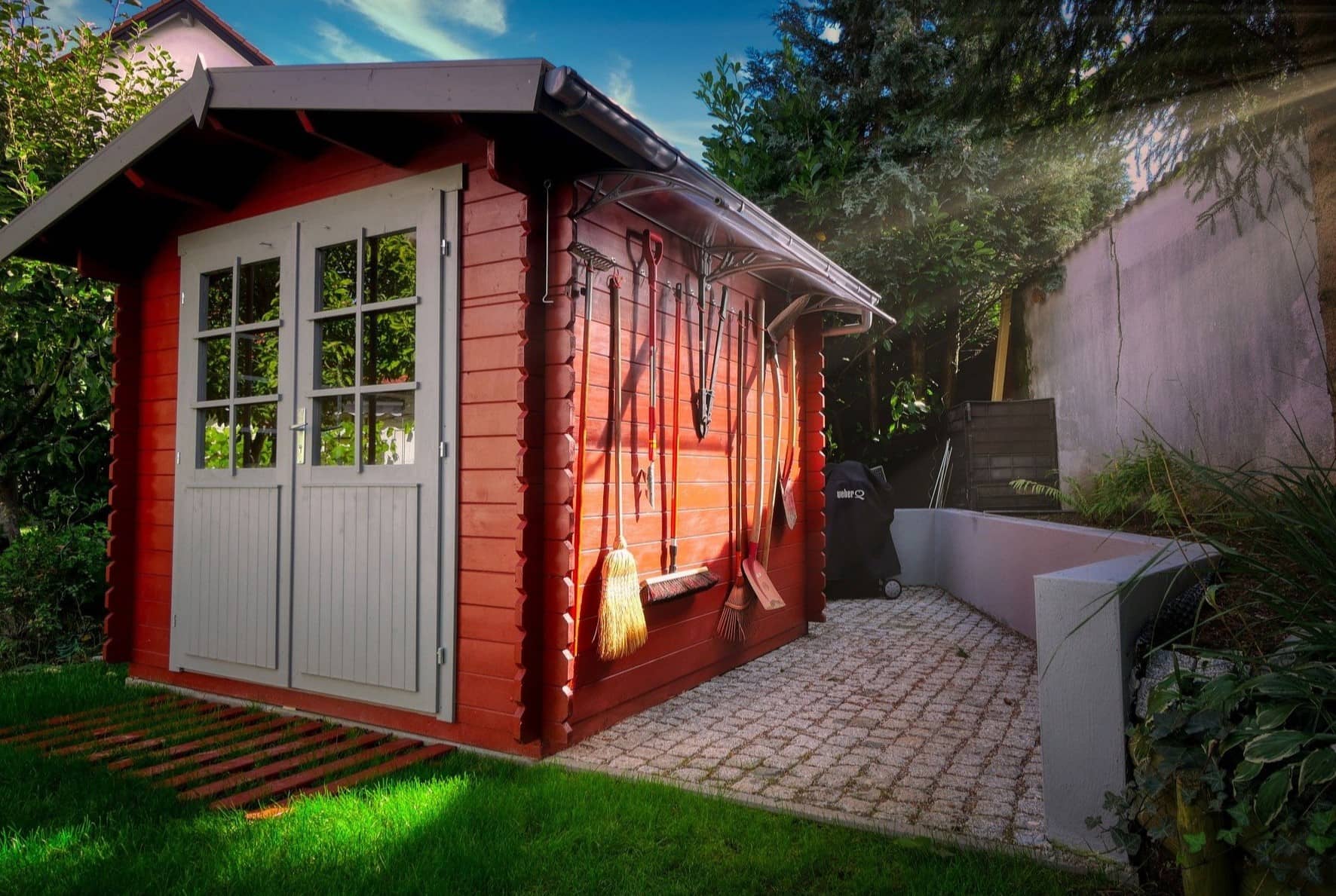


0 thoughts on “How Are Heated Floors Heated?”